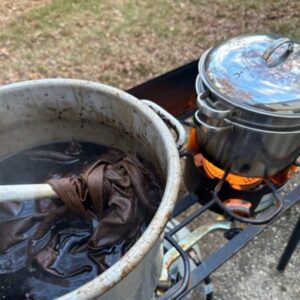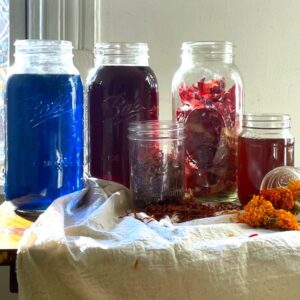You Asked, Kathy Answered: Getting Logwood To Be Lightfast
We get lots of emails from customers about challenges with dyeing and needing Botanical Colors’ President Kathy Hattori’s help. Why not share the learning so we can all benefit? From our inboxes to you, it’s simple: You Asked, Kathy Answered. Email [email protected] with your plea for help! YOU ASKED: Thank you so much for all your wonderful information about plant dyes. I was wondering if I have to heat up wool yarn in the logwood dye bath? Is the heating process necessary to protect the lightfast properties or to achieve a deeper color? If I would like to use the same … Read more










